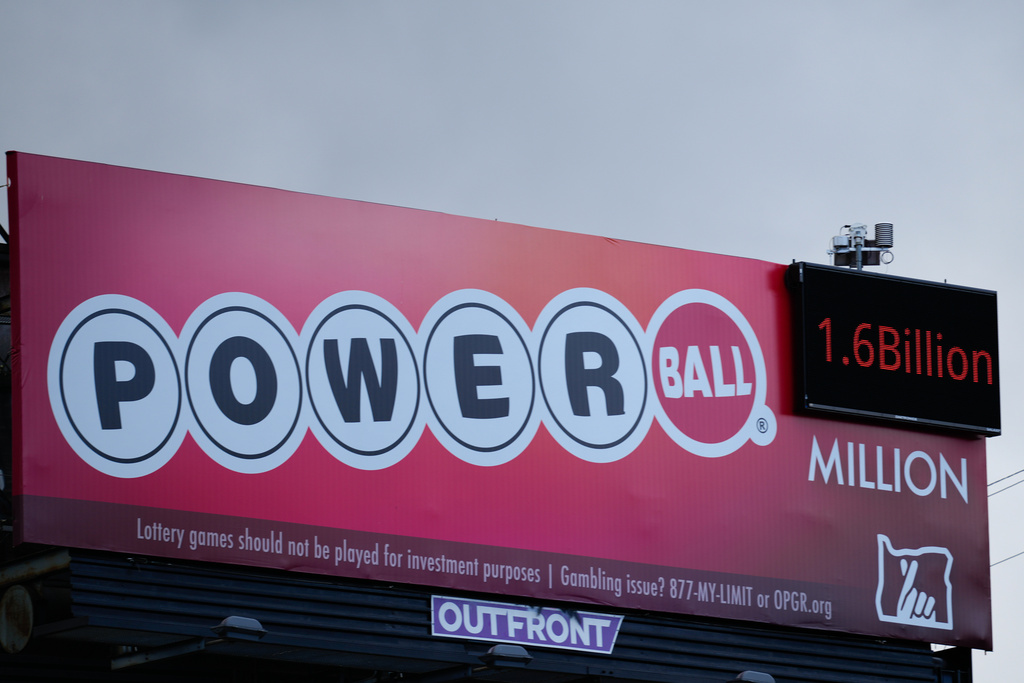The nation's highest court is letting Michigan keep its voter ban on affirmative action in college admissions.
"The issue was whether constitutionally Michigan voters could ban affirmative action or whether that put minority members of the population in Michigan at a disadvantage." (Via MSNBC)
"A federal appeals court had thrown the law out, saying it violates the constitution's equal protection clause, but the Supreme Court said that lower court was wrong." (Via CNN)
In 2006, 58 percent of Michigan voters supported a new race-blind admissions process — essentially a rejection of affirmative action in handling college applications. (Via CBS)
The 6-justice majority in Tuesday's ruling emphasized its decision to uphold race-blind admissions was not a comment on affirmative action itself, but rather a state's ability to do away with it in college admissions. (Via U.S. Supreme Court)
Writing for the dissent, Justice Sonia Sotomayor said affirmative action is still needed and that the ban violates constitutional rights. She writes, "Without checks, democratically approved legislation can oppress minority groups." (Via The White House)
This ruling has some big implications for affirmative action nationwide, essentially turning what has been a legal issue — one for the courts to decide — into a political one that can be decided by voters or even by state legislatures.
The New York Times has a great graphic showing minority admissions rates and how they've changed since bans were put in place. In Texas, the ban had little effect, but in Michigan and especially in California, the rate of Hispanic and black college students has dropped off.











